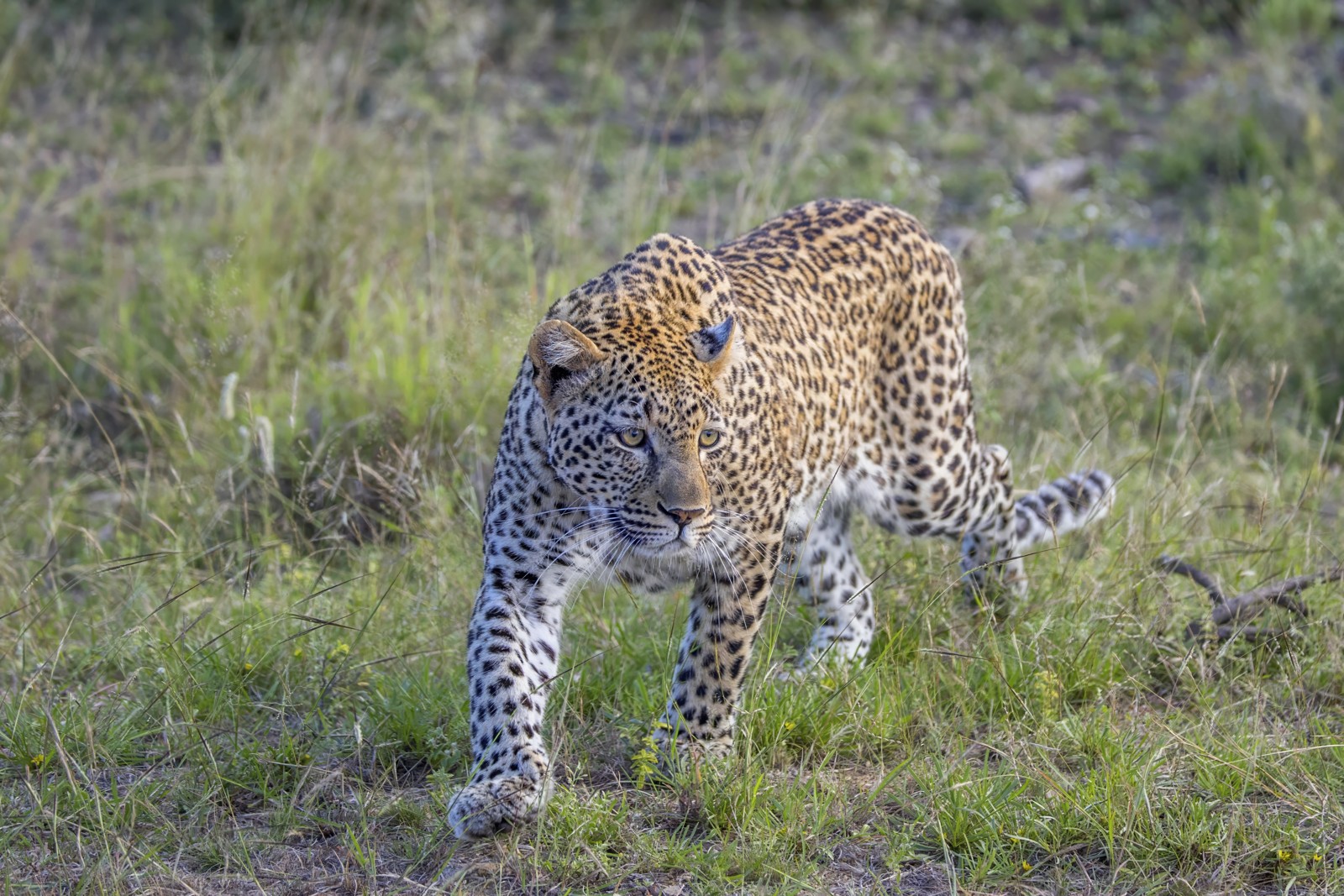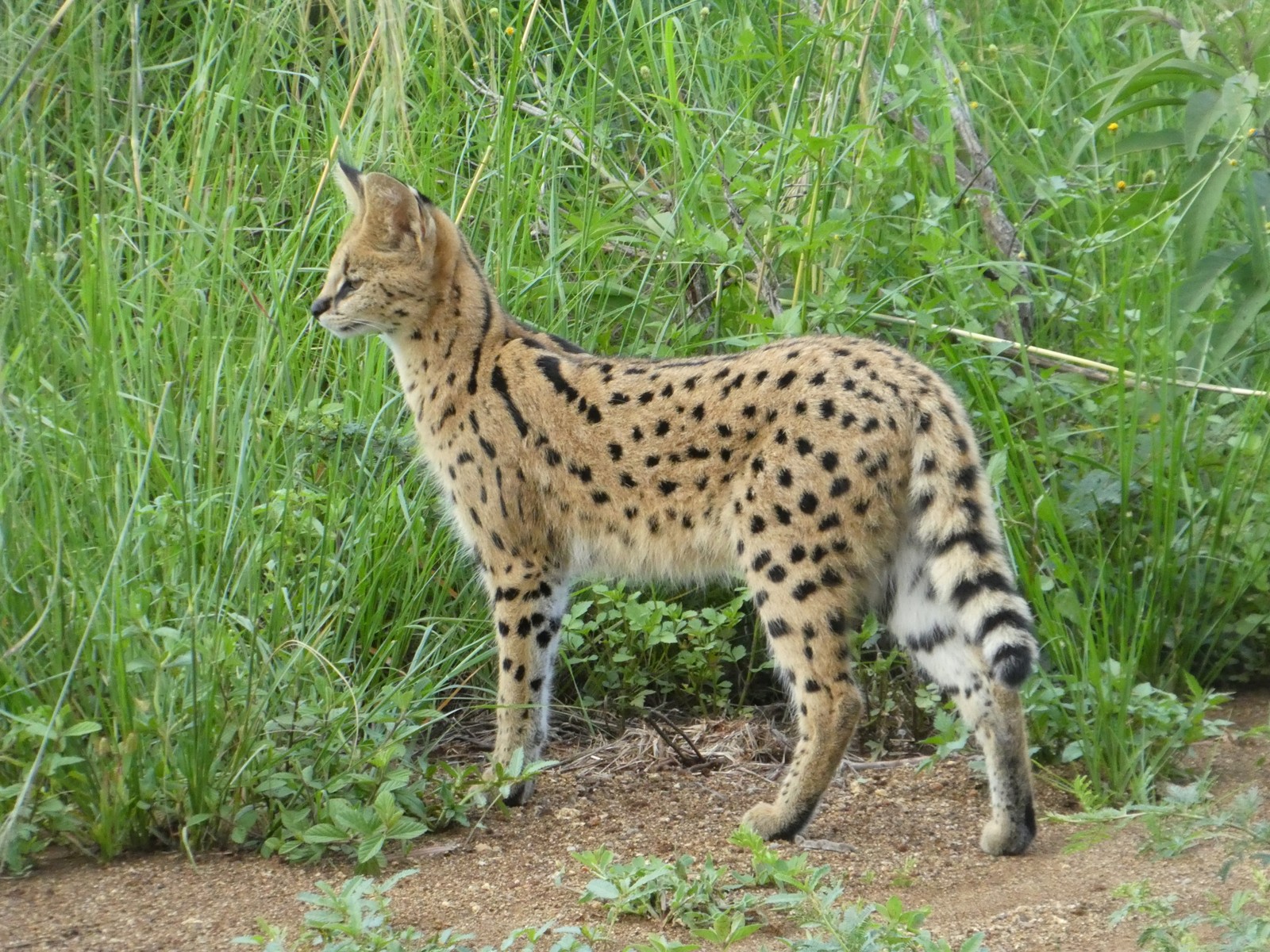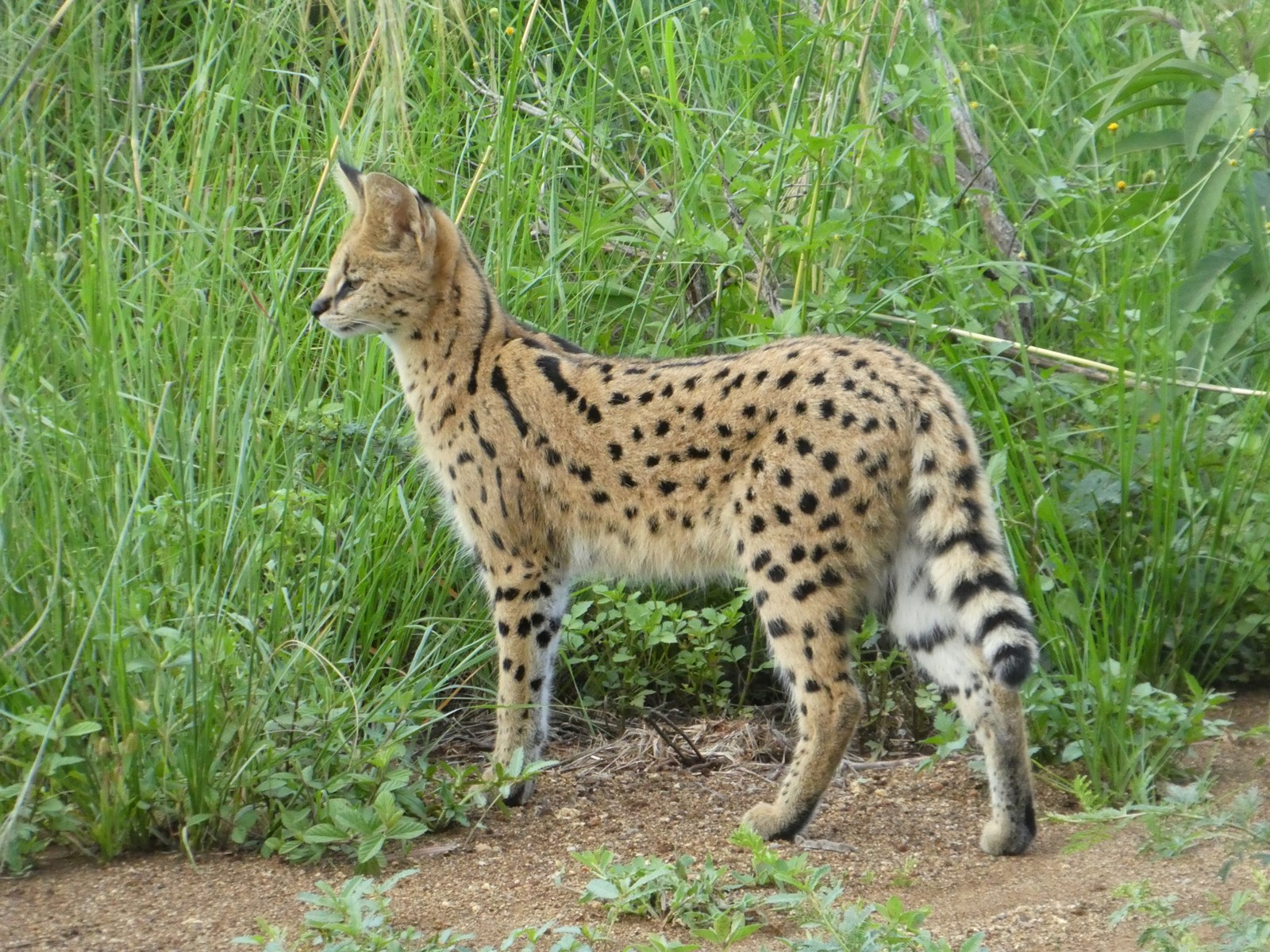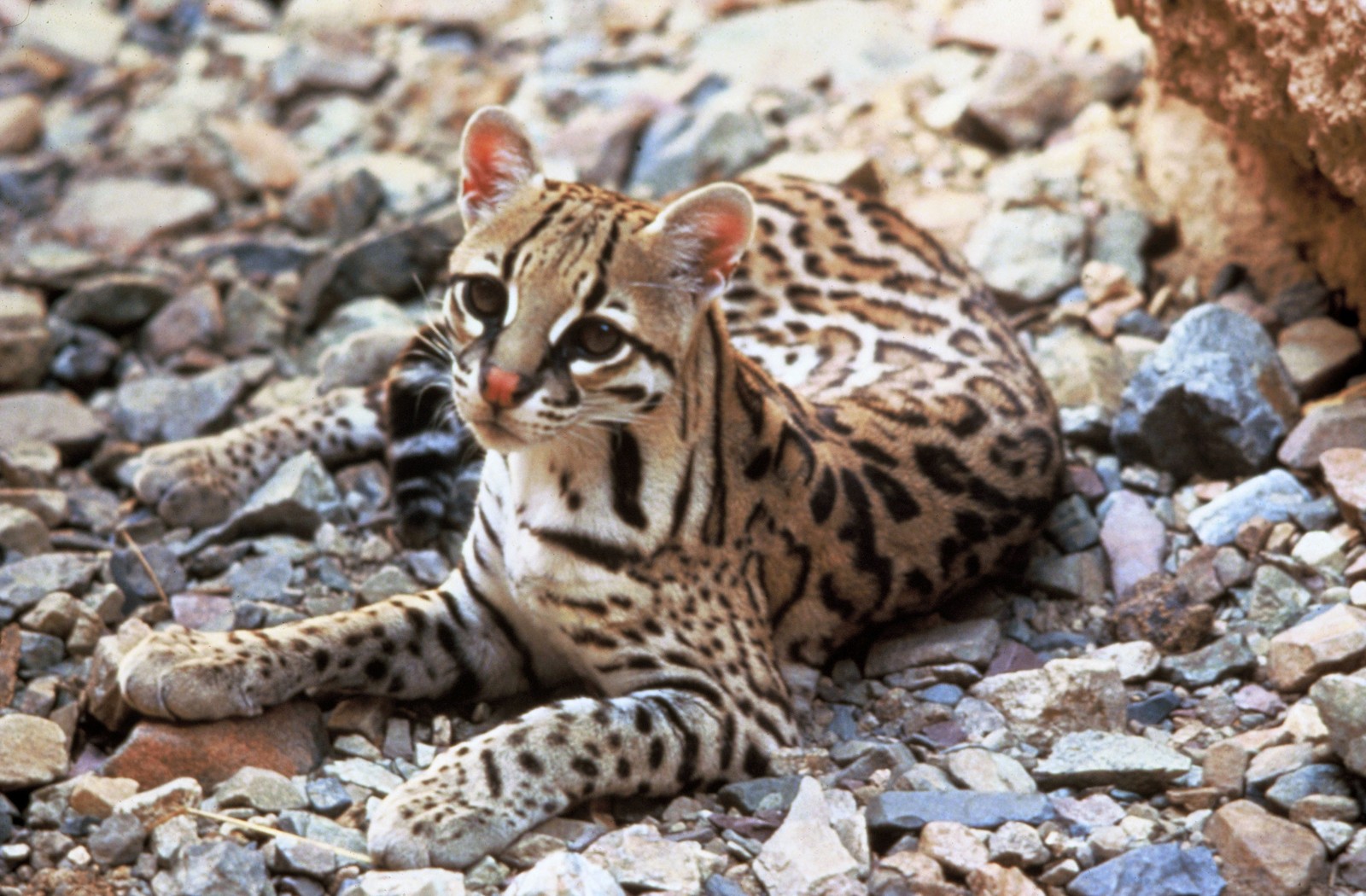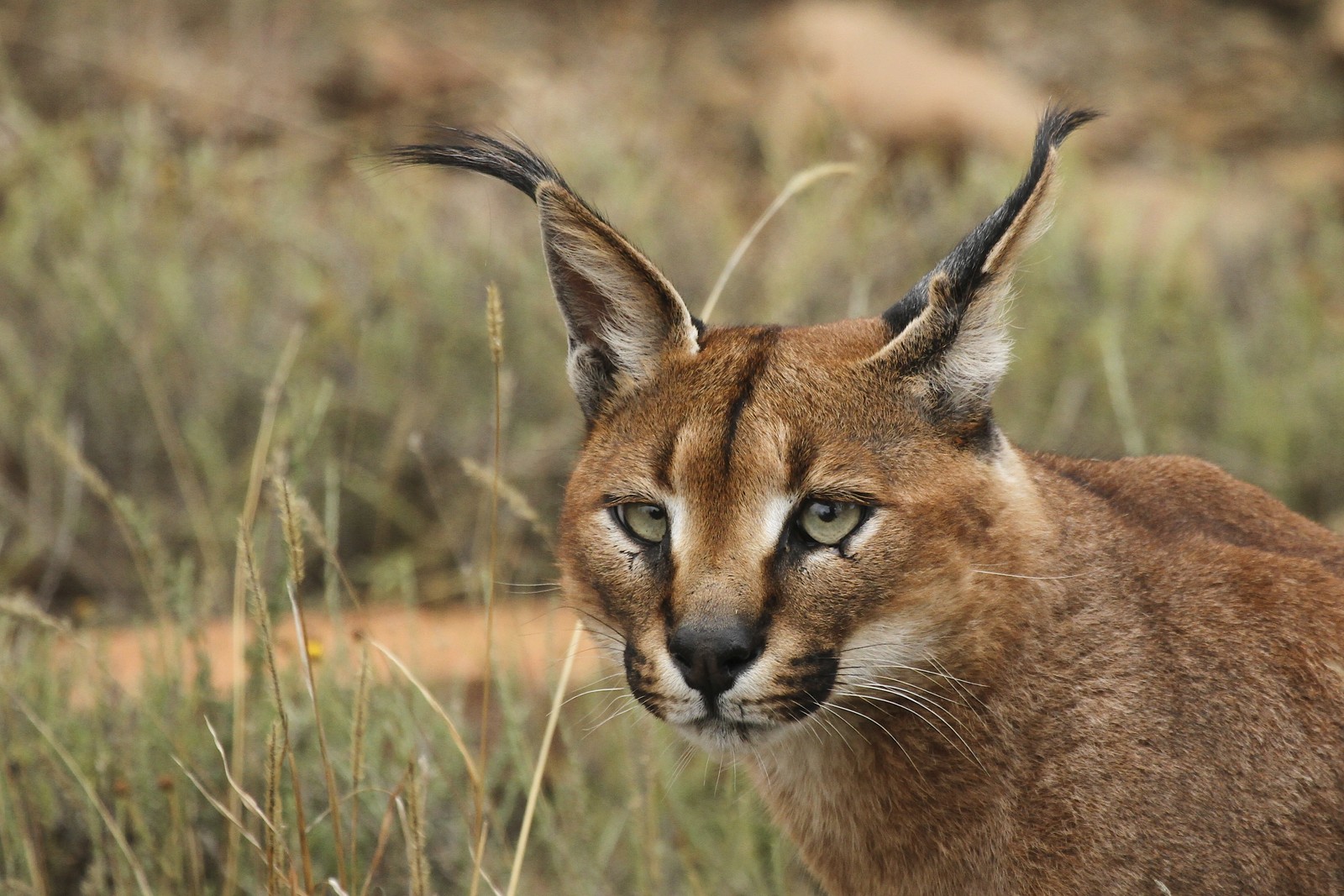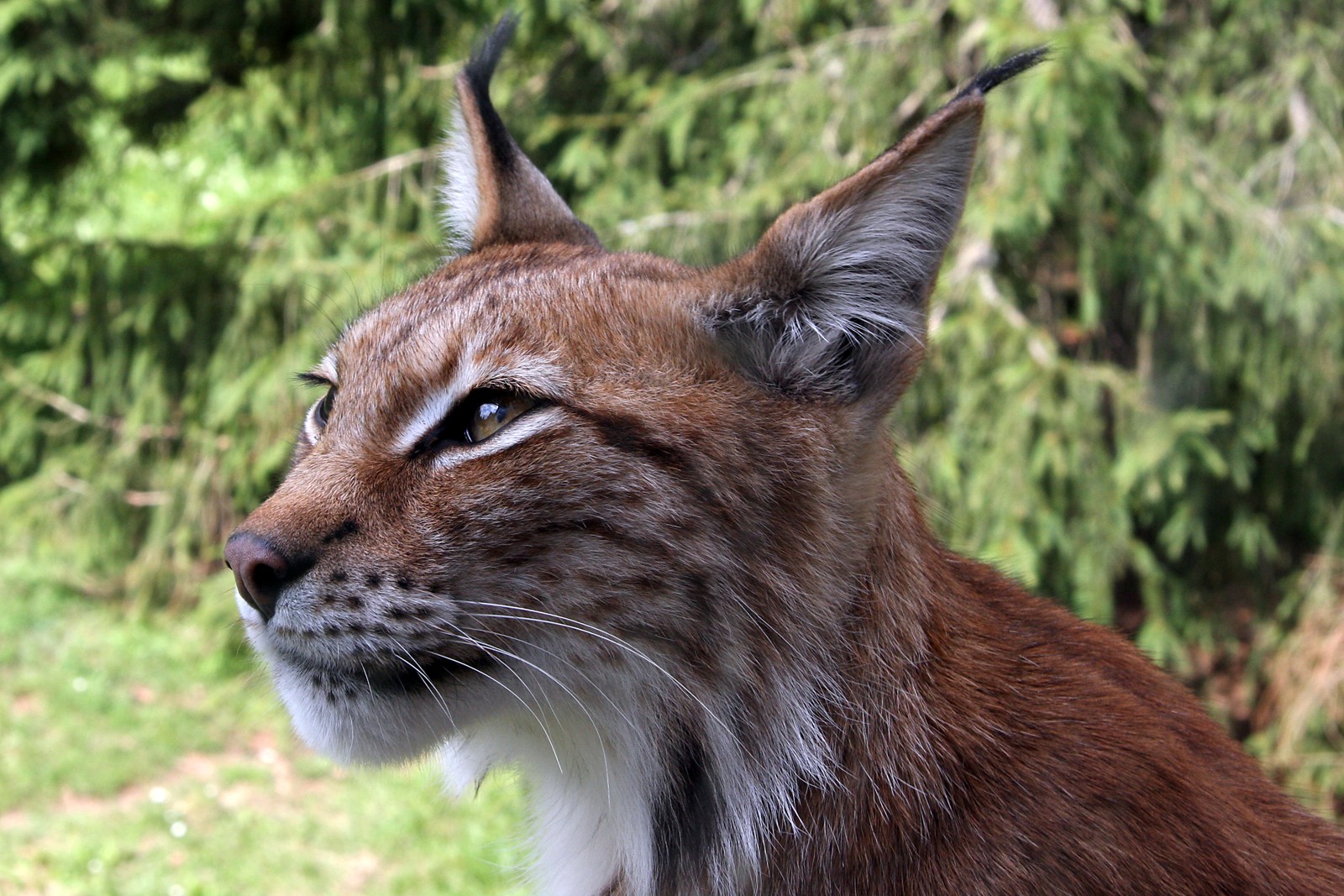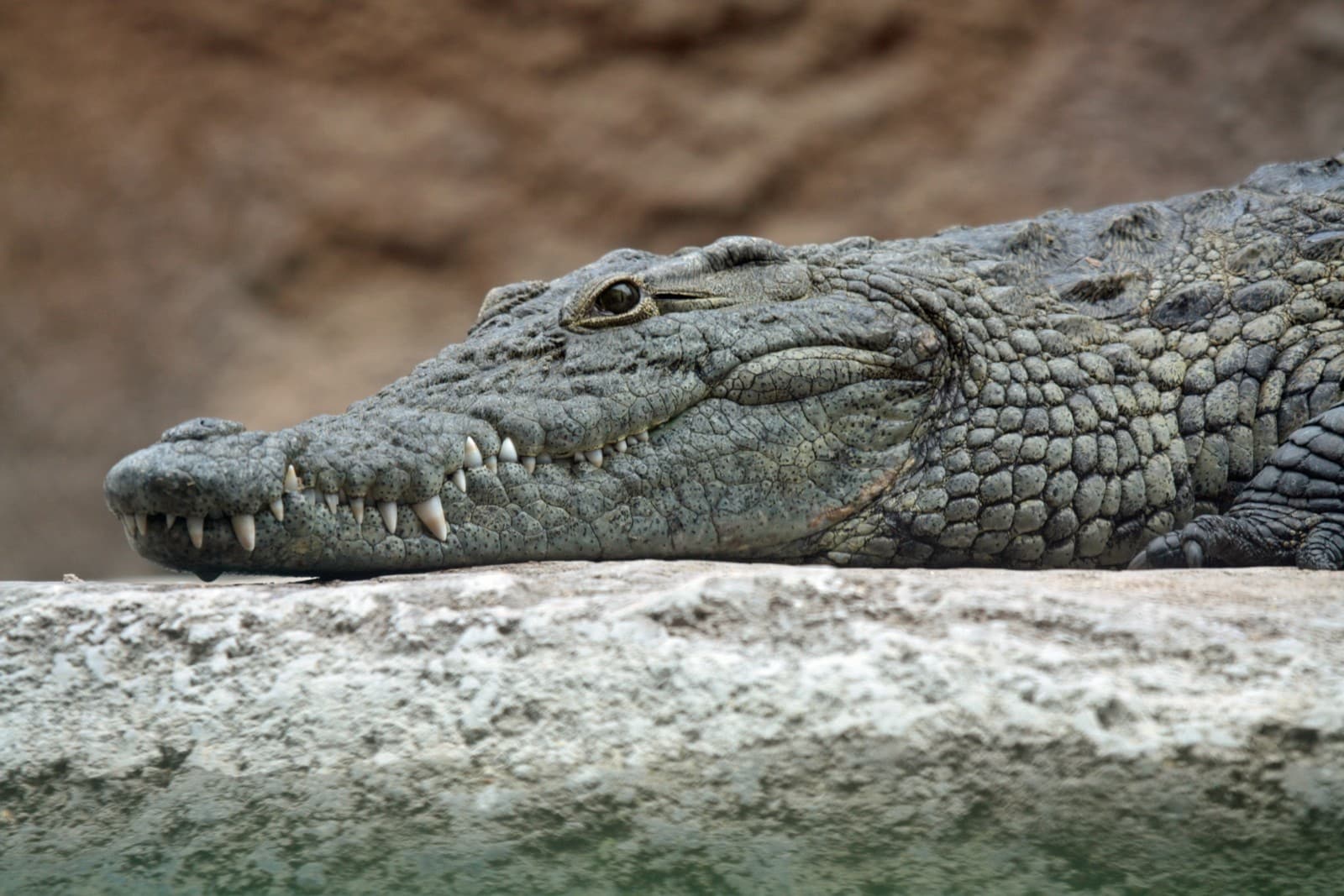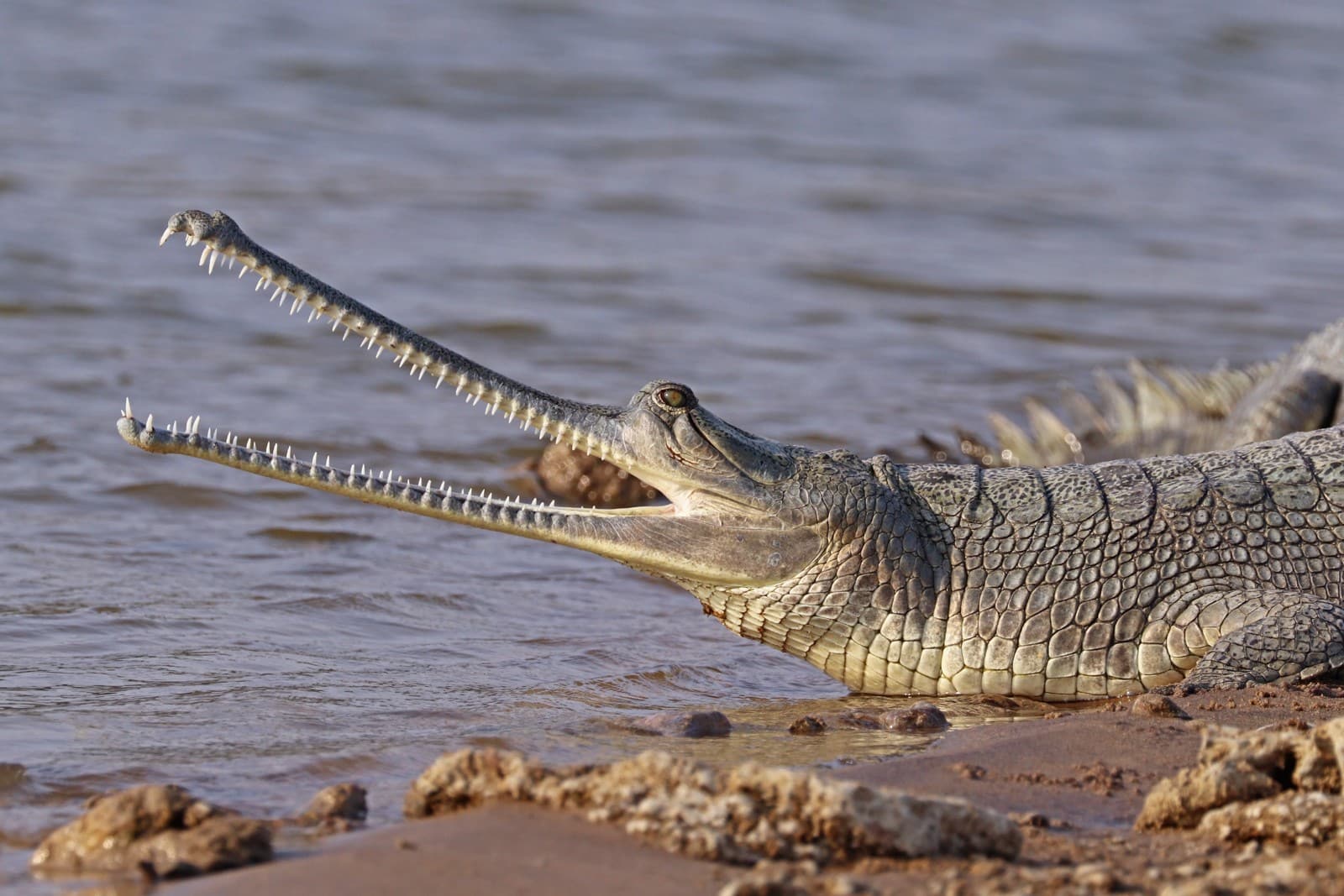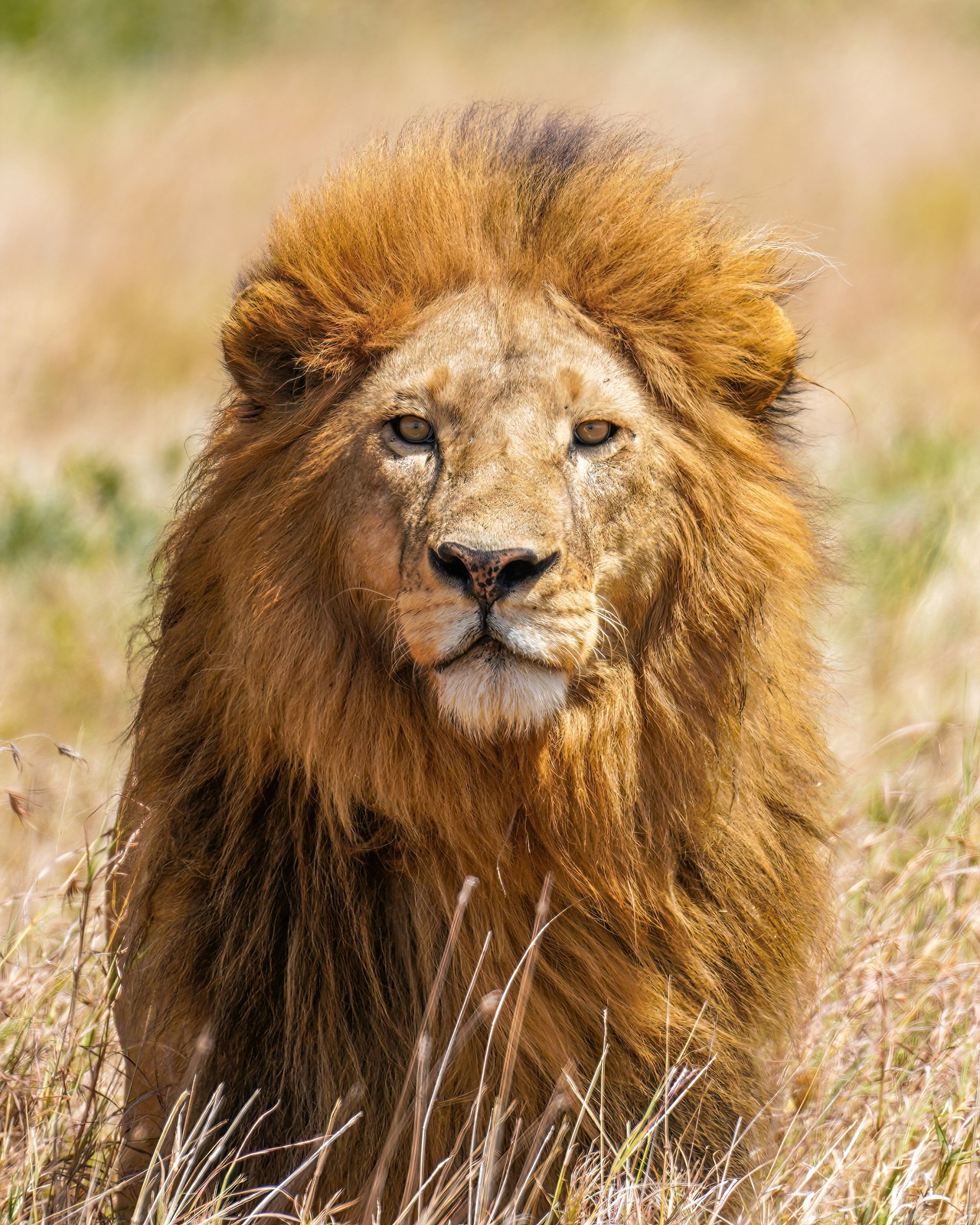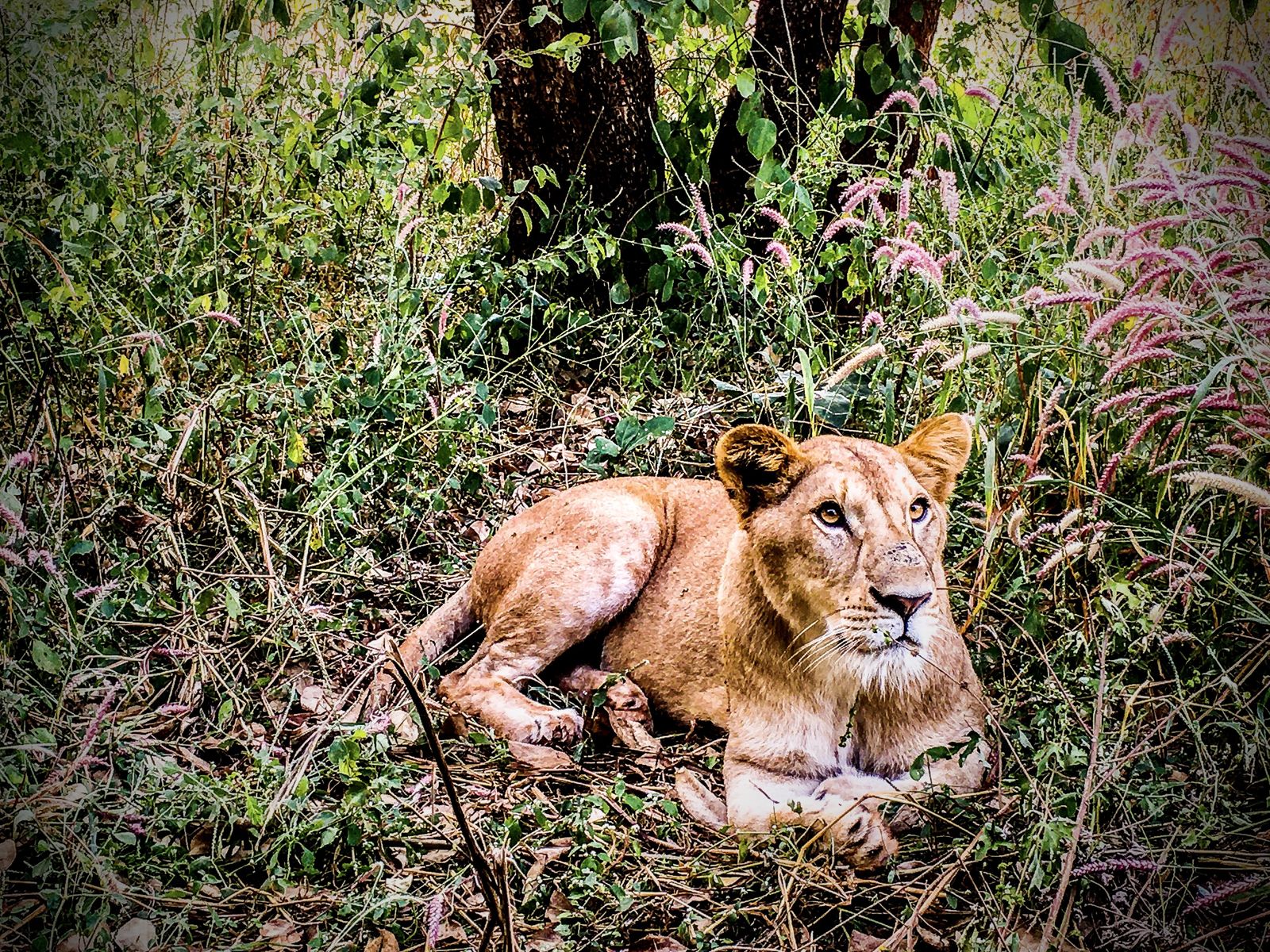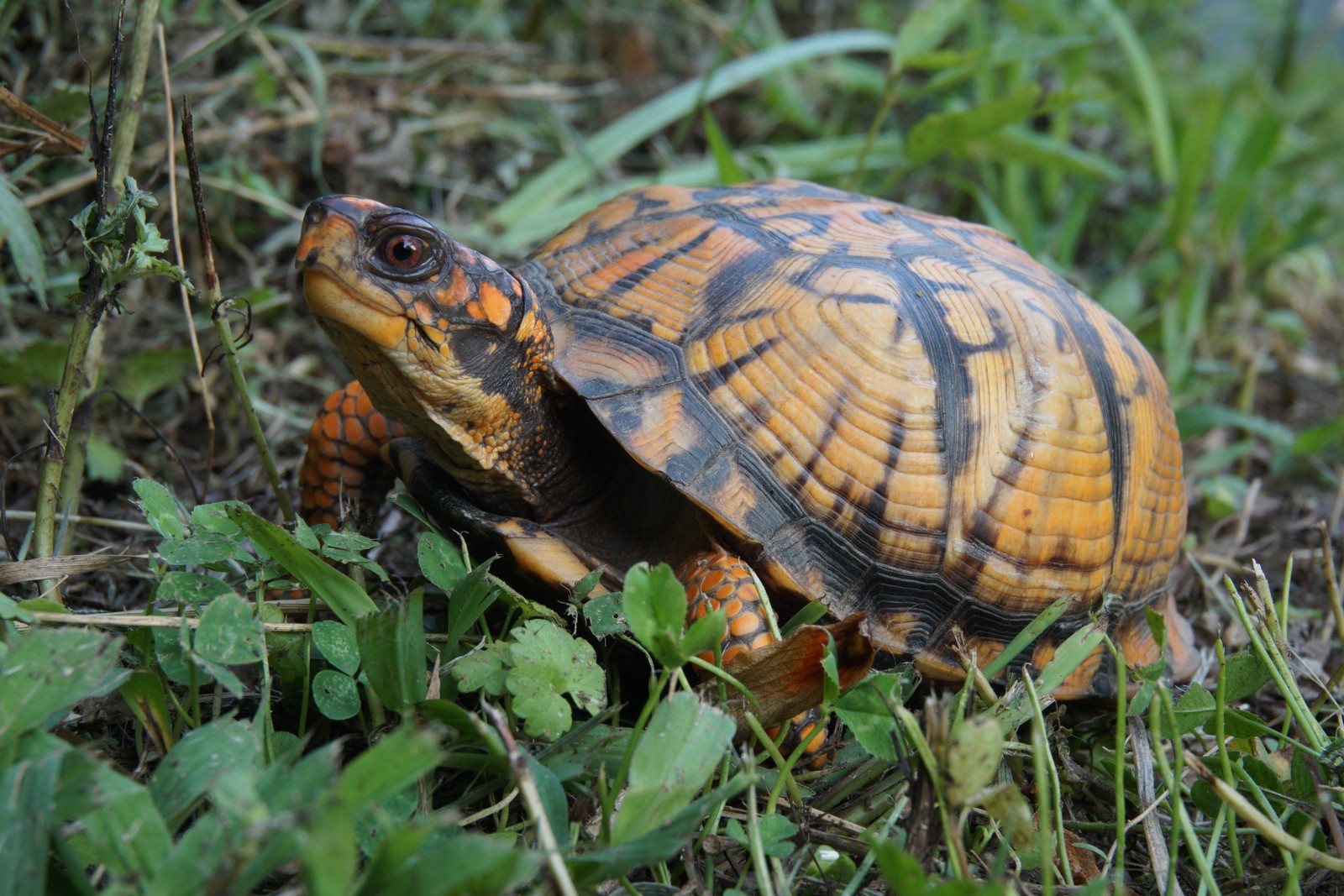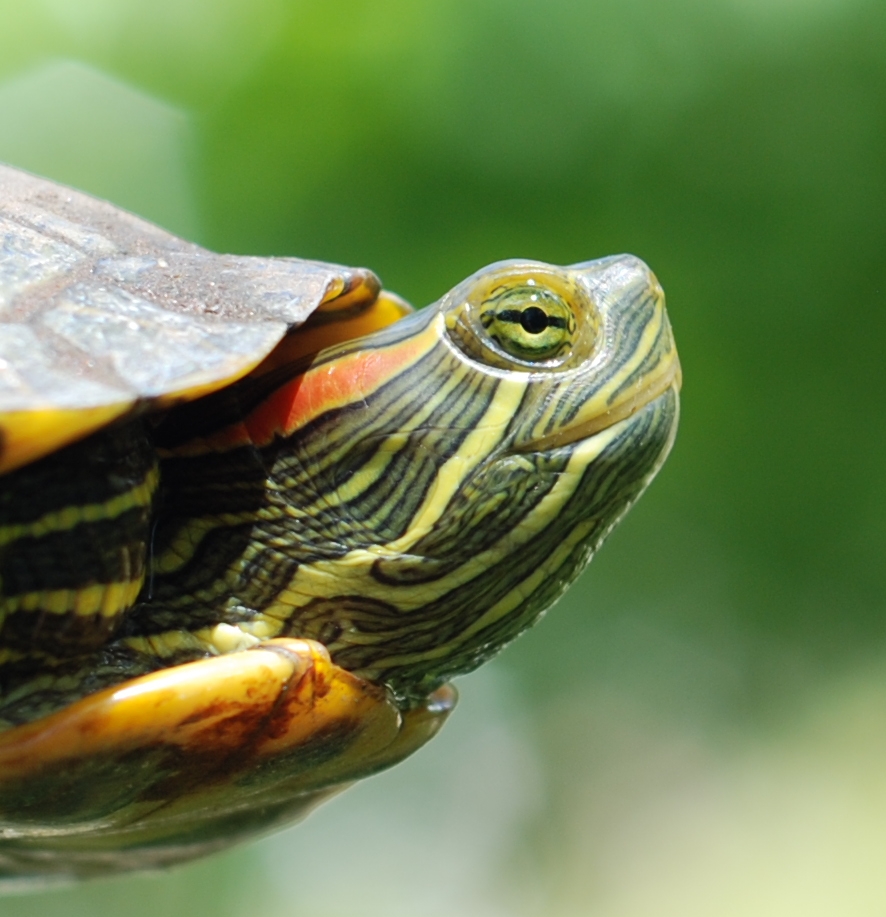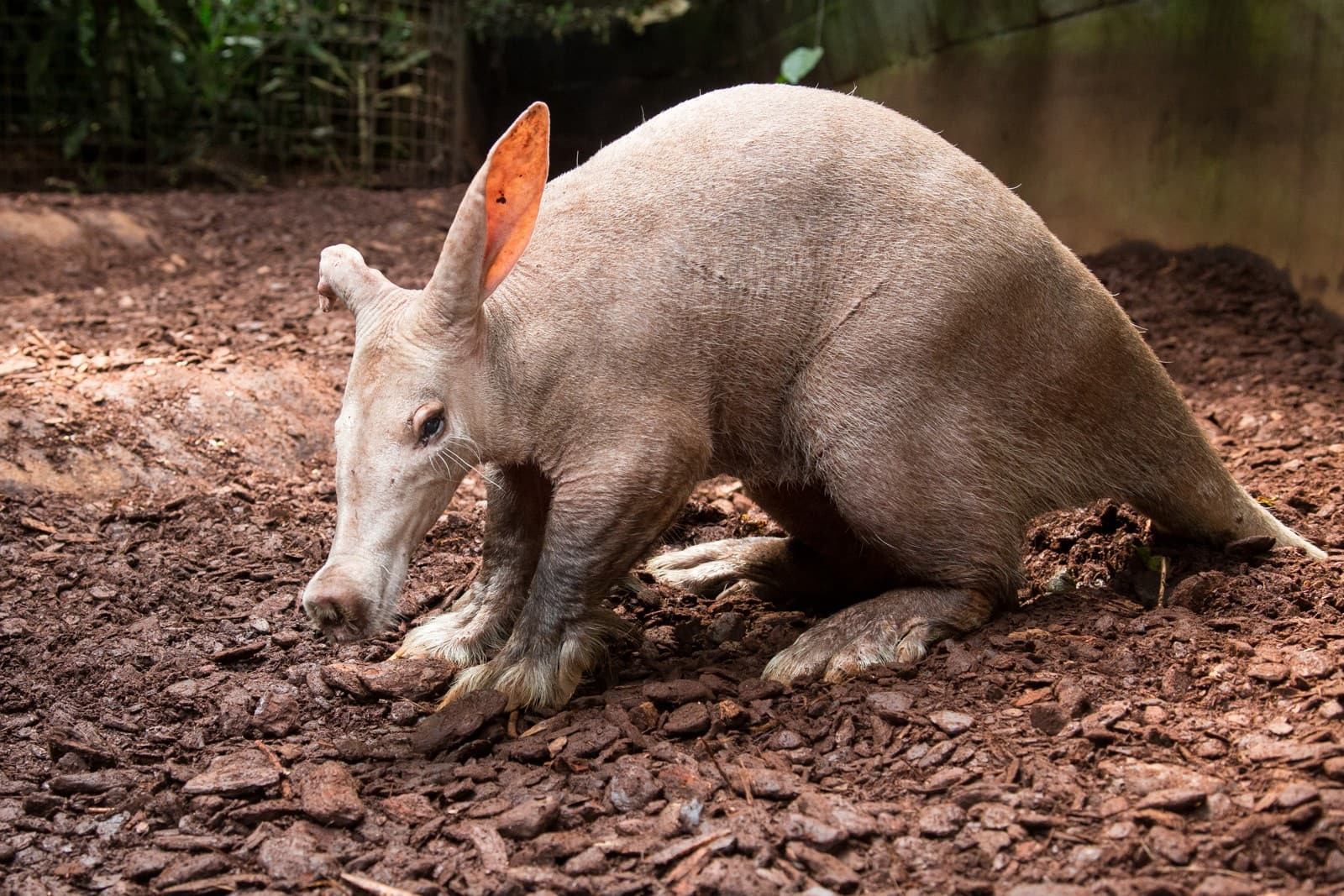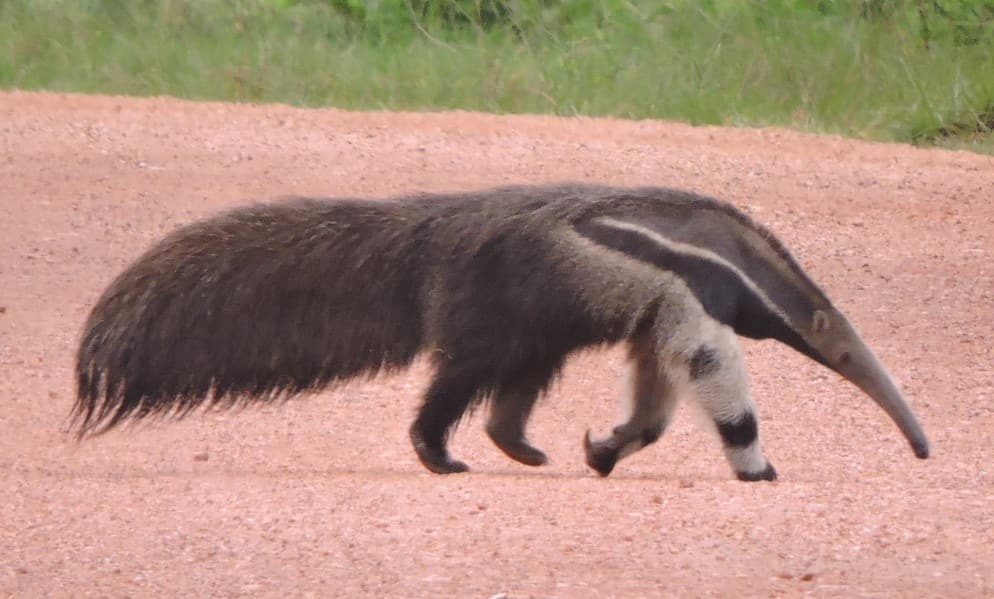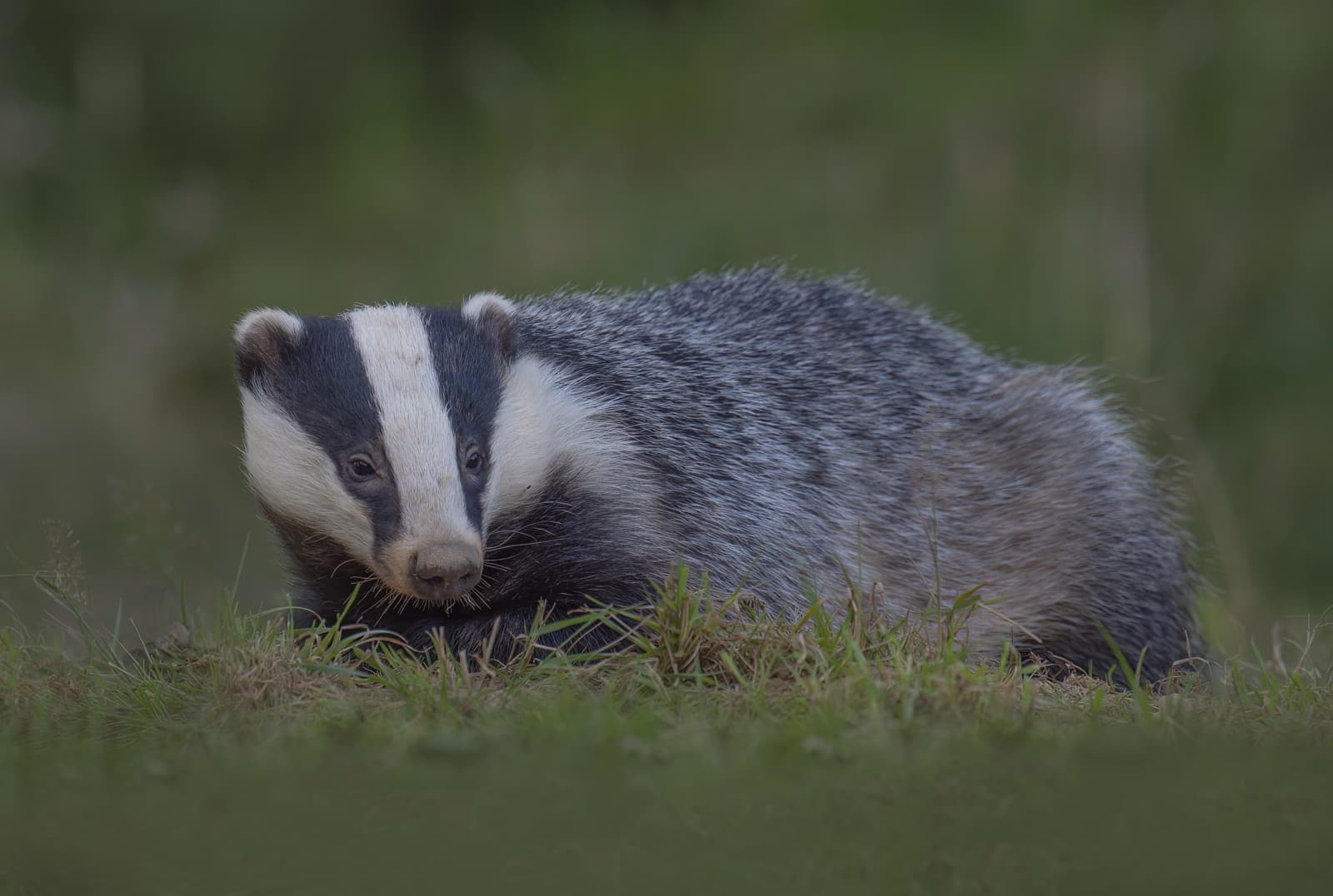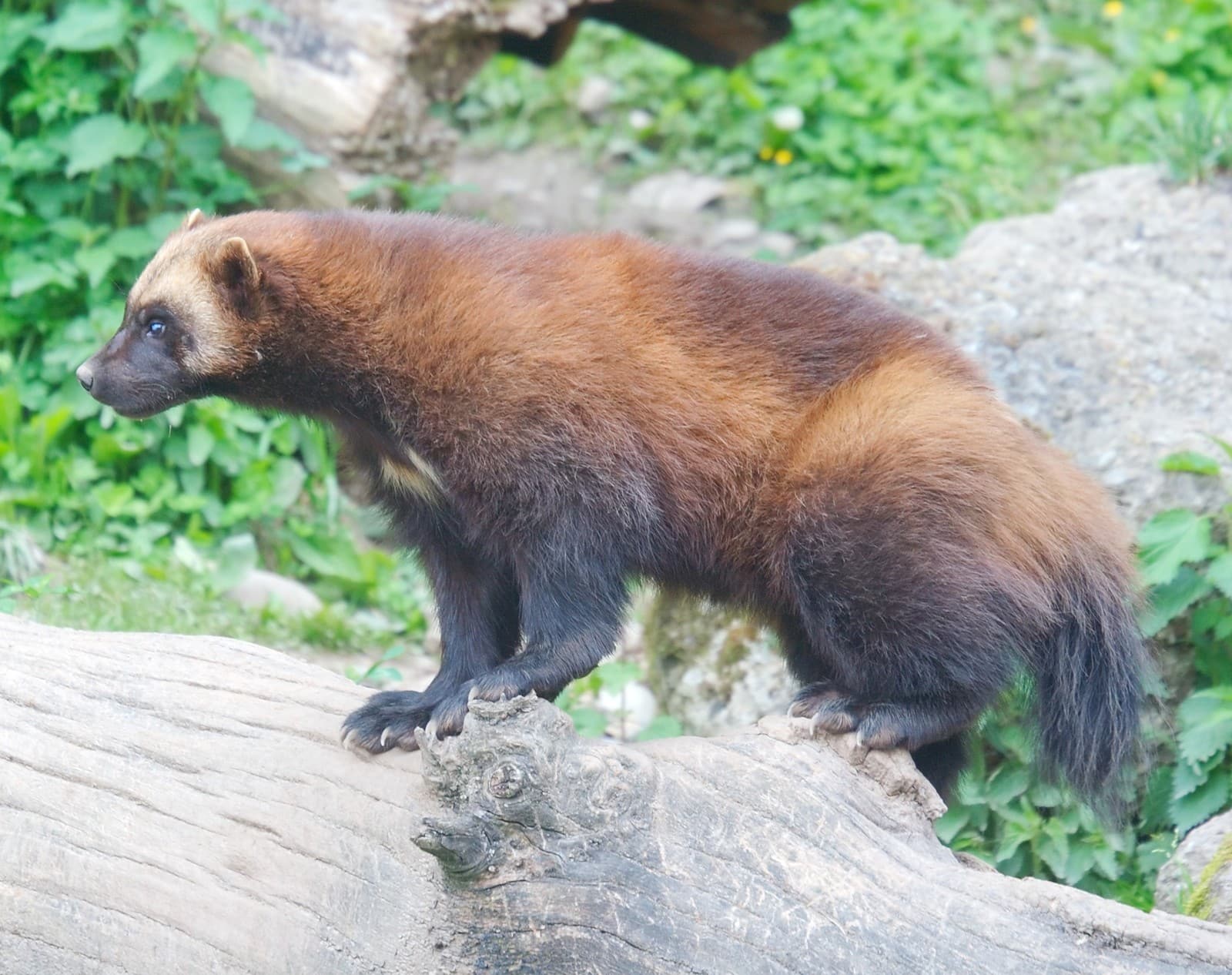Serval vs Caracal: A Complete Comparison
When comparing the Serval vs Caracal, we encounter two of Africa’s most remarkable medium-sized wild cats, each uniquely adapted for different hunting strategies. The Serval stands taller with legs proportionally longest of any cat species, reaching heights of 24 inches (61 cm) at the shoulder, while the more robust Caracal weighs up to 40 pounds (18 kg) and possesses extraordinary jumping abilities, capable of reaching heights of 10 feet (3 meters) to catch birds mid-flight.
These distinctive African cats occupy different ecological niches despite sharing some territorial ranges. The Serval specializes in hunting small prey in wetlands and savannas, using its exceptional hearing to detect rodents beneath the grass. The Caracal, meanwhile, demonstrates remarkable versatility as a hunter across more arid environments, famous for its ability to snatch multiple birds from the air in a single leap.
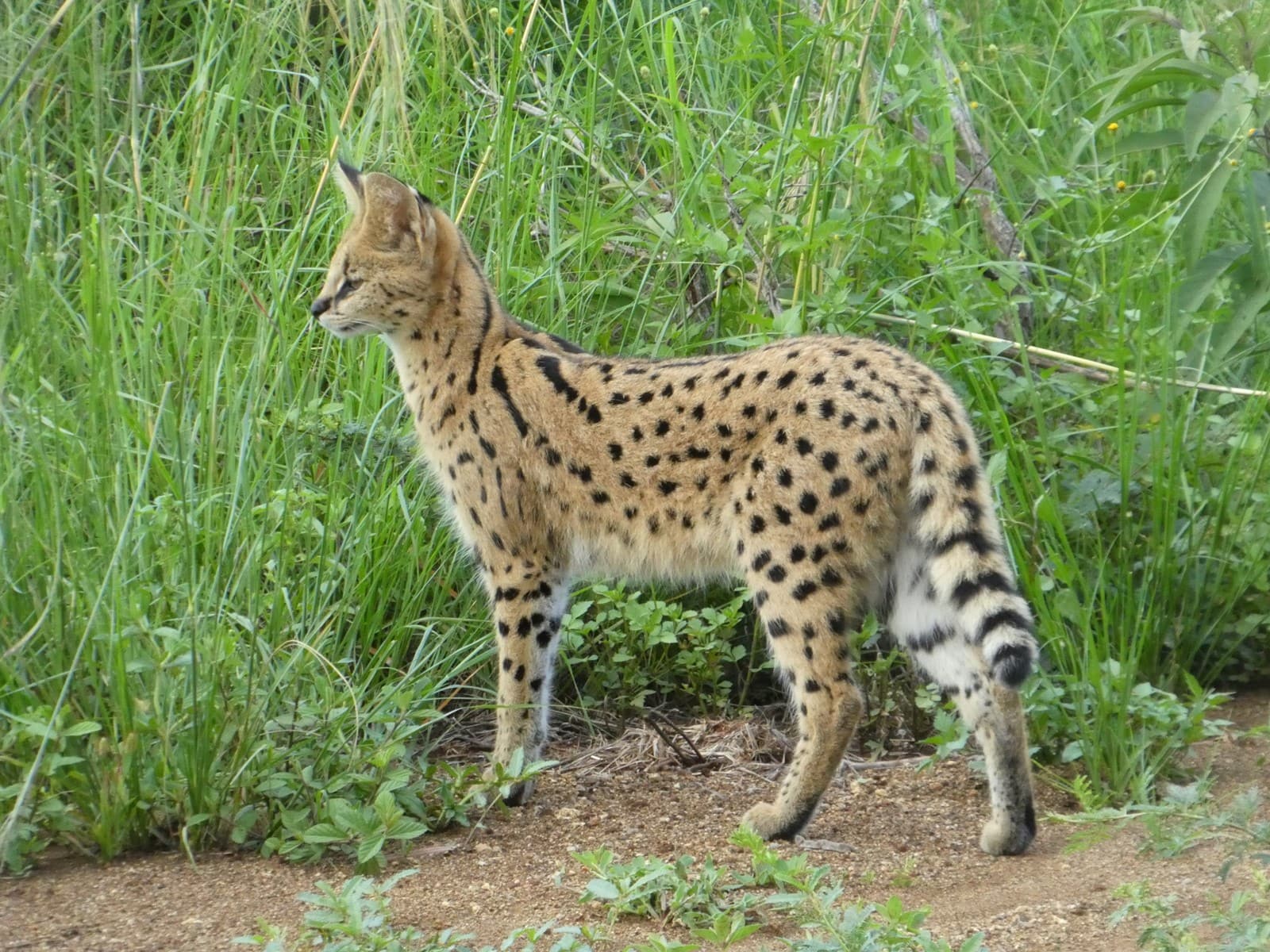
© datadan / CC BY 4.0
The Serval’s distinctive spotted coat pattern provides perfect camouflage in tall grasslands, while its extraordinarily long legs and neck help it peer over vegetation to spot prey. These adaptations make it one of Africa’s most successful hunters, with a remarkable 50% success rate.
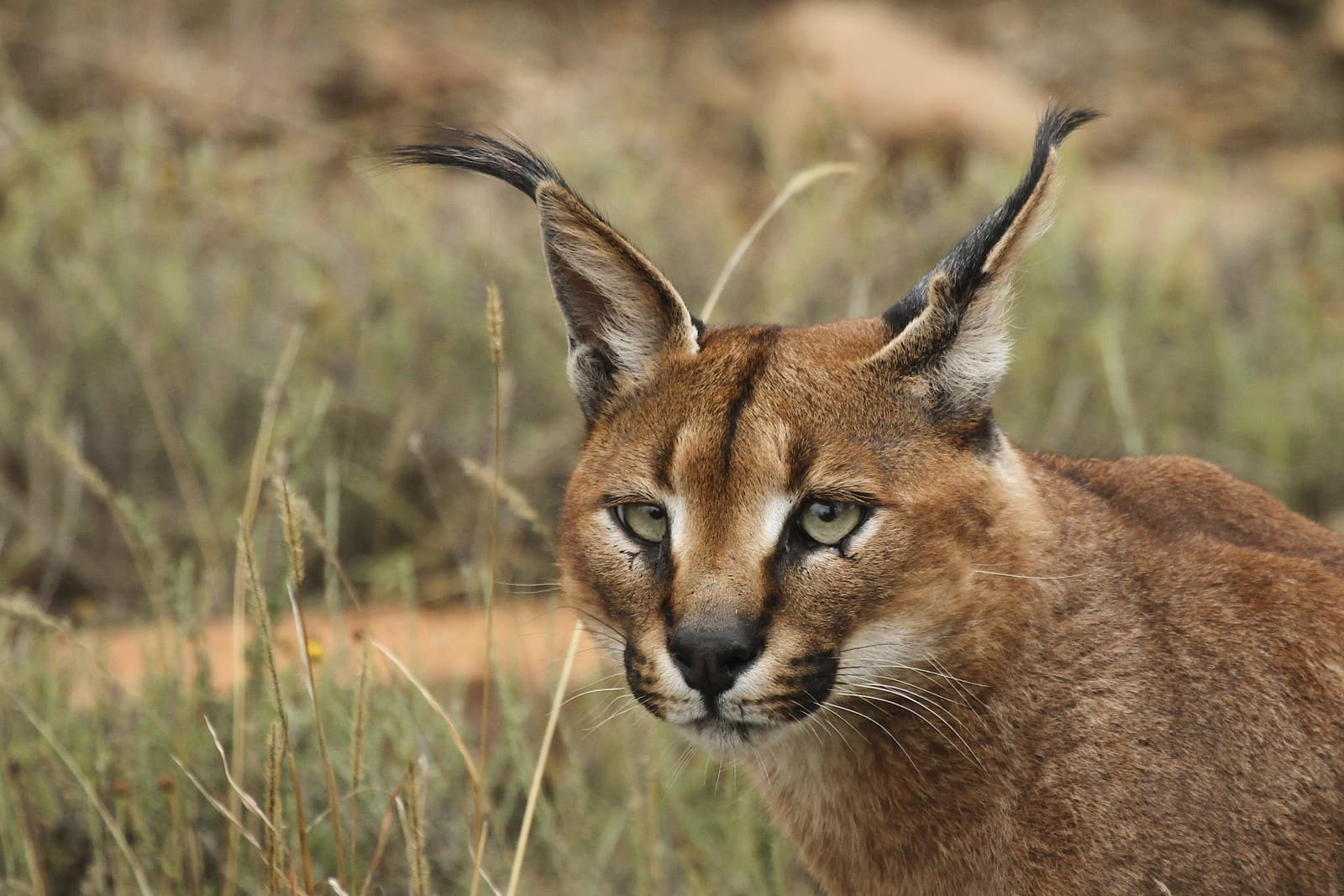
© Leo za1 / CC BY-SA 3.0
The Caracal’s distinctive ear tufts act as natural antenna arrays, enhancing its already acute hearing capabilities. Combined with its powerful hind legs and streamlined build, these adaptations make it one of Africa’s most formidable aerial hunters.
Key Physical and Behavioral Differences
| Feature | Serval | Caracal |
|---|---|---|
| Size | Height: 24-26 inches (61-66 cm) | Height: 16-20 inches (40-51 cm) |
| Weight | 20-40 lbs (9-18 kg) | 25-40 lbs (11-18 kg) |
| Coat Pattern | Spotted golden-yellow | Plain reddish-brown |
| Distinctive Features | Longest legs relative to body size | Long black ear tufts |
| Hunting Specialty | Small ground prey, especially rodents | Birds and small to medium mammals |
| Jumping Ability | 9 feet (2.7 m) vertical | 10 feet (3 m) vertical |
Hunting Strategies and Prey Preferences
The Serval and Caracal exhibit remarkably different hunting techniques, shaped by millions of years of evolution. Servals employ a distinctive “leap-and-pounce” technique, using their extraordinary hearing to locate prey beneath the grass. Their success rate of 50% ranks among the highest of all wild cats.
Caracals, conversely, are supreme aerial hunters. Their powerful hind legs enable them to snatch birds from the air, sometimes catching multiple prey in a single leap. They can also take down prey three times their size, demonstrating remarkable strength for their medium build.
Habitat and Distribution
While both species inhabit Africa, their preferred territories differ significantly:
-
Serval
- Prefers wet, grassy areas
- Found near marshlands and reed beds
- Requires cover for hunting
- Avoids dense forests and extreme deserts
-
Caracal
- Adapts to various environments
- Thrives in semi-arid regions
- Can survive in true deserts
- Avoids tropical rainforests
Who Would Win in a Confrontation?
While direct confrontations between Servals and Caracals are rare in the wild, their physical attributes suggest different advantages. The Caracal’s more robust build and greater muscle mass would likely give it an edge in any direct confrontation. However, both cats typically avoid each other, maintaining separate territories and hunting different prey species.
Conservation Status and Threats
Both species face similar challenges in the modern world:
- Habitat loss due to agricultural expansion
- Human-wildlife conflict
- Poaching for fur and pet trade
- Decline in prey species
Conservation efforts focus on habitat preservation and reducing human-wildlife conflicts. While neither species is currently endangered, local populations face significant pressures in many areas.
Adaptations and Specialized Features
Serval Adaptations
- Elongated neck for spotting prey in tall grass
- Oversized ears for detecting underground movement
- Spotted coat for grassland camouflage
- Extra-long legs for navigating wet terrain
Caracal Adaptations
- Ear tufts for enhanced hearing
- Powerful hind legs for aerial hunting
- Plain coat for desert camouflage
- Compact, muscular build for taking down larger prey
These remarkable cats continue to captivate researchers and wildlife enthusiasts alike, each representing unique evolutionary solutions to the challenges of survival in Africa’s diverse ecosystems.
